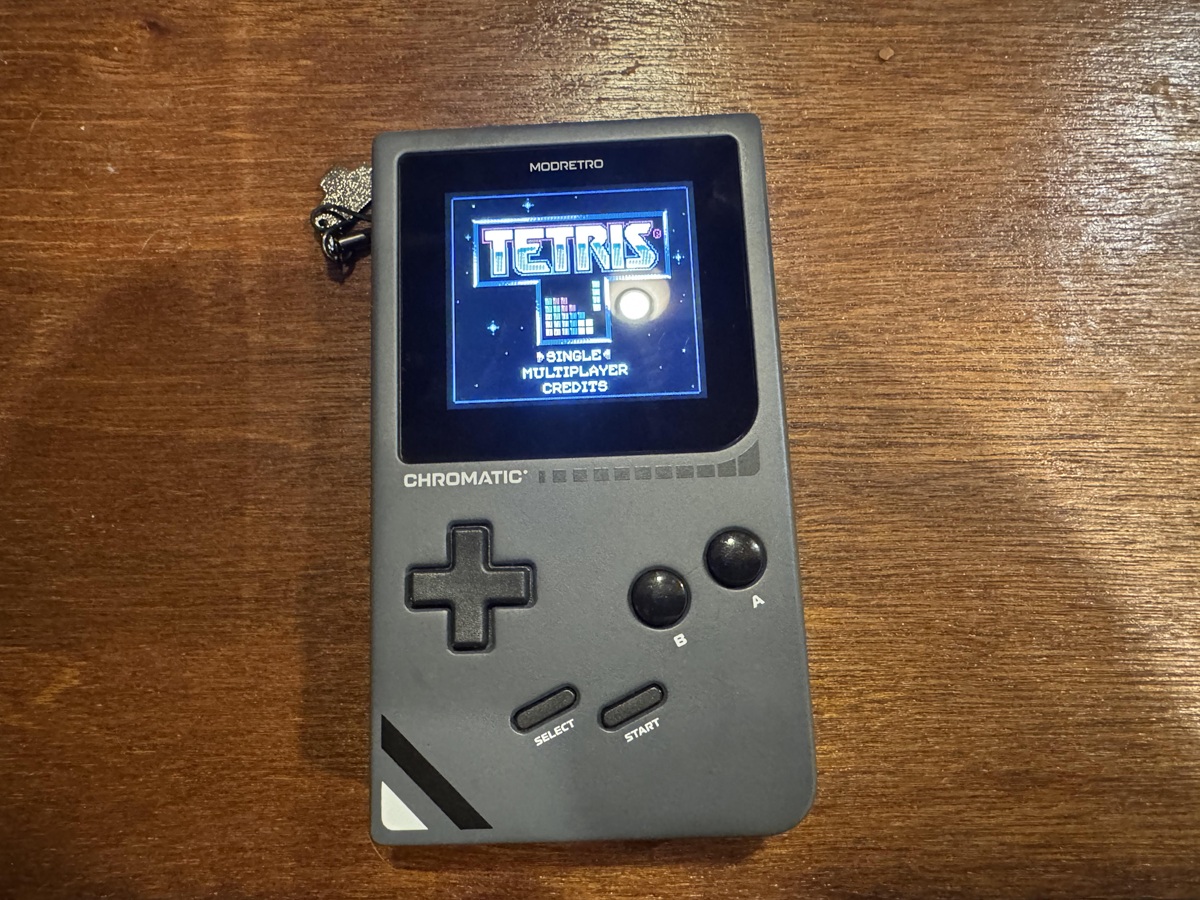ModRetro announced yesterday that its Chromatic handheld game system is back in stock and ready to ship starting at $200.
It’s a labor of love, created by retro-minded people like Palmer Luckey — yep, the creator of the Oculus Rift virtual reality headset and now founder of defense contractor Anduril.

Unlock premium content and VIP community perks with GB M A X!
Join now to enjoy our free and premium membership perks.
![]()

![]()